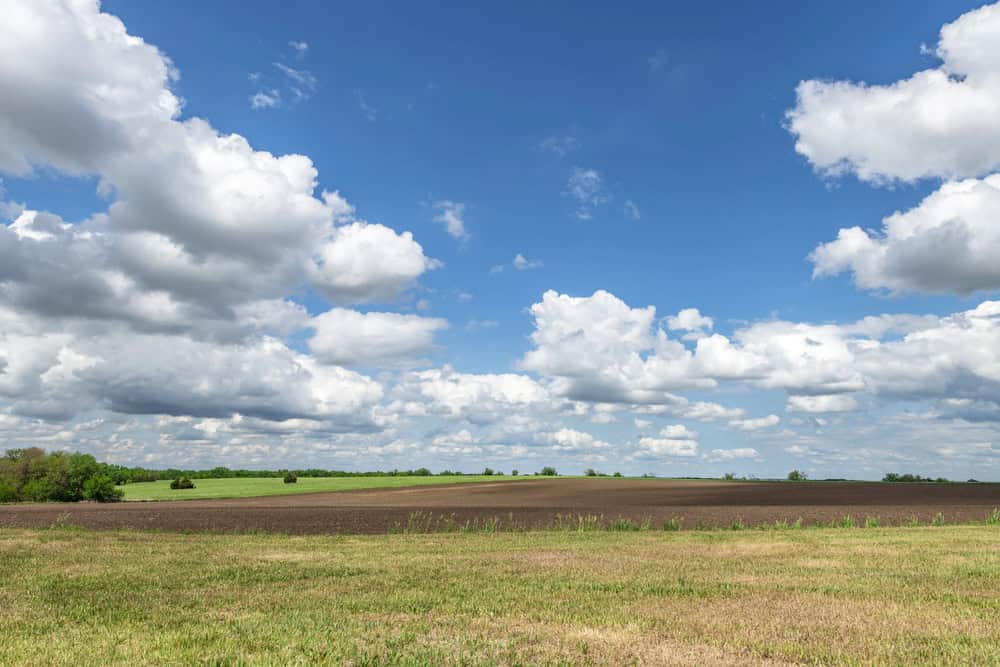Across the expanse of America’s heartland, a slow-motion disaster is unfolding. The Great Plains, once celebrated as the nation’s breadbasket and home to sprawling grasslands, is experiencing a profound transformation driven by intensifying drought conditions. Historical rainfall patterns that sustained generations of farmers, ranchers, and communities are shifting dramatically, forcing a fundamental rethinking of agriculture, water management, and rural livelihoods in the region. This isn’t merely a temporary weather event but a long-term climate reality that is reshaping ecosystems, economies, and ways of life across the plains. From Montana to Texas, from the Missouri River to the Rocky Mountain foothills, communities are grappling with drier conditions that demand innovation, adaptation, and difficult choices about the future of this crucial American landscape.
The Historical Context of Drought in the Great Plains
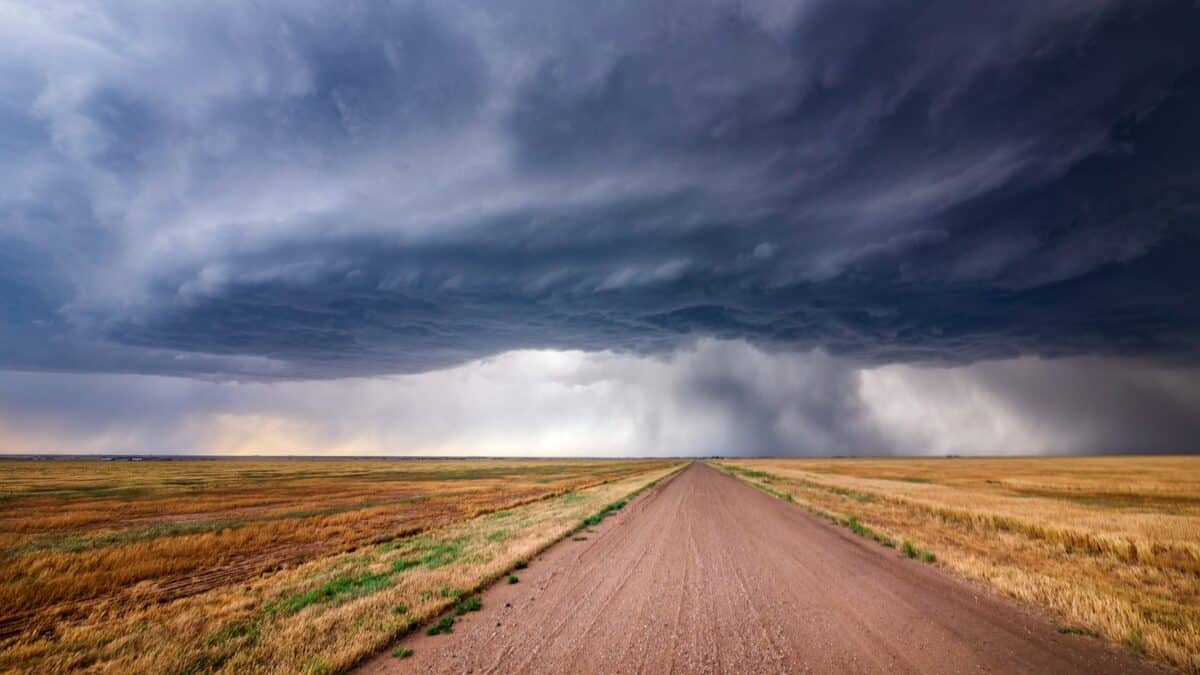
Drought has been a recurring feature in the Great Plains for millennia. Paleoclimate records reveal cycles of wet and dry periods long before European settlement. The most infamous drought period in recent history—the Dust Bowl of the 1930s—saw apocalyptic dust storms blacken skies across the region, forcing hundreds of thousands of people to abandon their farms and livelihoods.
This environmental catastrophe was caused by a combination of severe drought and unsustainable farming practices that stripped the land of its native vegetation. Throughout the 20th century, the region experienced significant drought episodes in the 1950s, 1980s, and early 2000s. However, what distinguishes the current situation is not just intensity but the convergence of climate change impacts with groundwater depletion and changing precipitation patterns, creating a new normal that challenges historical adaptation strategies.
Climate Change and the New Drought Reality
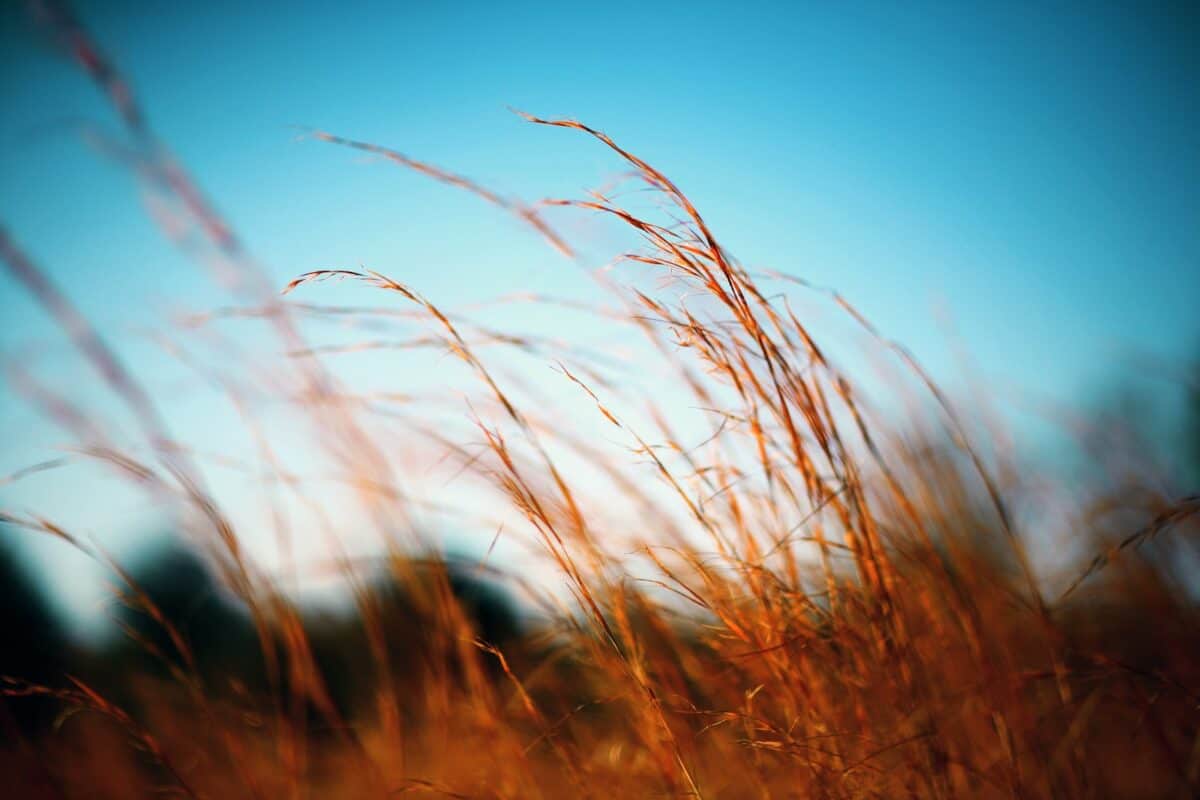
Climate models consistently project that the Great Plains will experience higher temperatures, more variable precipitation, and increased evaporation rates in the coming decades. According to the Fourth National Climate Assessment, average annual temperatures across the region have increased by approximately 1.5°F since the early 20th century, with much larger increases expected by mid-century.
While total annual precipitation may increase slightly in the northern Plains, the southern Plains are expected to become drier. Perhaps more significantly, the timing and intensity of precipitation events are changing dramatically. The region is experiencing fewer gentle, soaking rains and more intense downpours that cause flooding but paradoxically contribute less to soil moisture and aquifer recharge. These shifts are extending the duration of dry periods between precipitation events, leading to what scientists call “flash droughts” that can develop with surprising speed and intensity.
The Ogallala Aquifer Crisis
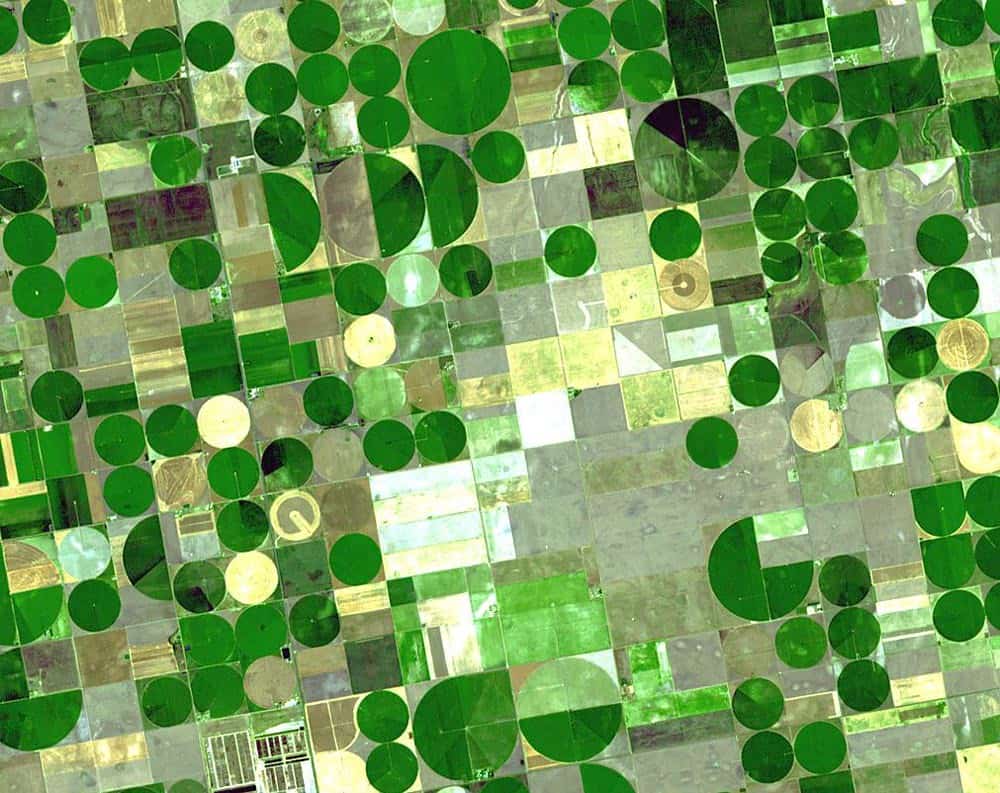
Beneath much of the Great Plains lies the Ogallala Aquifer, one of the world’s largest freshwater aquifers and the lifeblood of agricultural production in the region. For decades, this underground reservoir has buffered plains communities against drought through irrigation. Today, this critical resource faces an existential threat. In many areas, particularly in the central and southern plains, groundwater is being withdrawn at rates that far exceed natural recharge.
The U.S. Geological Survey estimates that in parts of western Kansas, Oklahoma, and the Texas Panhandle, water tables have declined by more than 150 feet since pumping began. In some locations, wells that once produced abundant water now run dry or pump at reduced capacity. With some projections suggesting that portions of the aquifer could be effectively depleted for agricultural purposes within 30 years, communities face difficult decisions about water allocation and conservation. The depletion represents not just an environmental crisis but an economic one that threatens the foundation of regional prosperity.
Agricultural Transformation Under Water Stress

Agriculture in the Great Plains is undergoing a profound transformation in response to water scarcity. Many farmers are transitioning from water-intensive crops like corn to more drought-resistant options such as sorghum, millet, and drought-tolerant varieties of wheat. Innovative precision agriculture technologies are helping producers maximize efficiency, with soil moisture sensors, weather analytics, and variable rate irrigation systems enabling farmers to apply water only where and when it’s needed most.
Cover cropping and no-till farming practices are gaining popularity as methods to increase soil organic matter and improve moisture retention. Some producers are adopting regenerative agriculture approaches that mimic natural ecosystem functions to build soil health and resilience. Despite these adaptations, agricultural production remains vulnerable, with recent drought years seeing corn yields decline by up to 40% in hard-hit areas and cattle herds reduced significantly as pasture conditions deteriorate and feed costs rise.
Ecological Shifts and Wildlife Impacts

The ecological systems of the Great Plains are responding dramatically to changing climate conditions. Native grassland species that evolved with periodic drought are showing signs of stress under more frequent and intense dry periods. Researchers have documented shifts in plant community composition, with some drought-tolerant species expanding their range while others contract. These vegetation changes cascade through the ecosystem, affecting insects, birds, and mammals that depend on specific plant communities.
Prairie wetlands, critical habitat for migratory birds and amphibians, are drying more frequently or disappearing altogether. Drought-stressed plants produce less nectar, impacting pollinator populations. Stream systems experience reduced flows or complete drying, threatening fish and aquatic invertebrates. Wildlife managers report changes in migration patterns and reproductive success rates for numerous species. The complex ecological consequences of these shifts are still being understood, but they represent a fundamental restructuring of plains ecosystems.
Rural Communities at a Crossroads
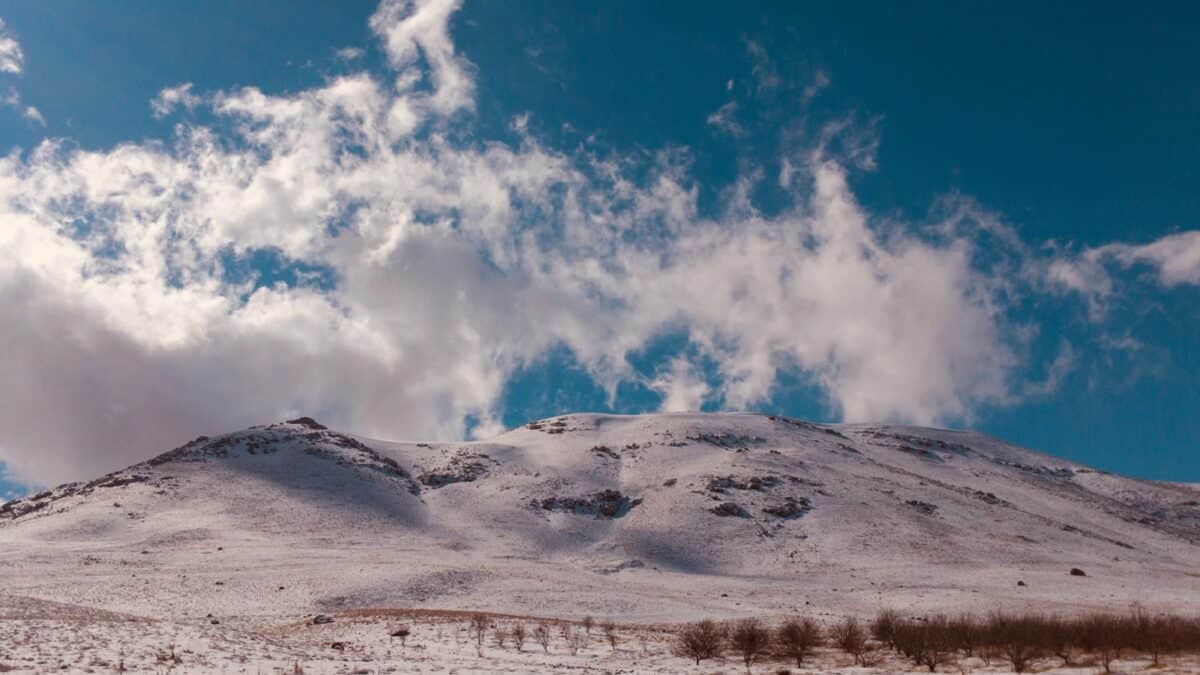
The human cost of intensifying drought is particularly evident in the small towns and rural communities that dot the plains landscape. Many of these communities were already experiencing population decline and economic challenges before the current dry cycle. Drought has accelerated these trends in some areas, as agricultural livelihoods become more precarious and water-dependent businesses struggle.
Municipal water systems in some small towns face unprecedented challenges, with diminishing supplies and aging infrastructure ill-equipped for climate change. In parts of western Kansas and eastern Colorado, some communities have seen their groundwater supplies become contaminated with naturally occurring minerals as water tables drop. The social fabric of rural areas is being tested as younger generations leave and demographic shifts accelerate. However, some communities are demonstrating remarkable resilience, developing innovative water conservation programs, diversifying their economies beyond agriculture, and reimagining their futures in a drier world.
The Energy-Water Nexus

The relationship between water and energy production is becoming increasingly strained in the drought-affected Great Plains. Traditional power plants, particularly coal and nuclear facilities, require substantial water supplies for cooling. During severe drought, some plants have been forced to reduce output when water temperatures rise or supplies diminish. Simultaneously, the region has become a center for renewable energy development, with wind farms sprouting across the landscape.
While wind energy requires minimal water compared to thermal generation, the drought has complicated the region’s energy transition in unexpected ways. Hydropower production has declined during dry periods, and biofuel production faces challenges when corn and other feedstocks suffer from drought. The water demands of hydraulic fracturing for oil and gas extraction have created new tensions in water-stressed communities, especially in the southern plains. These interconnections between water and energy systems require integrated planning approaches that consider climate resilience across sectors.
Indigenous Perspectives and Knowledge
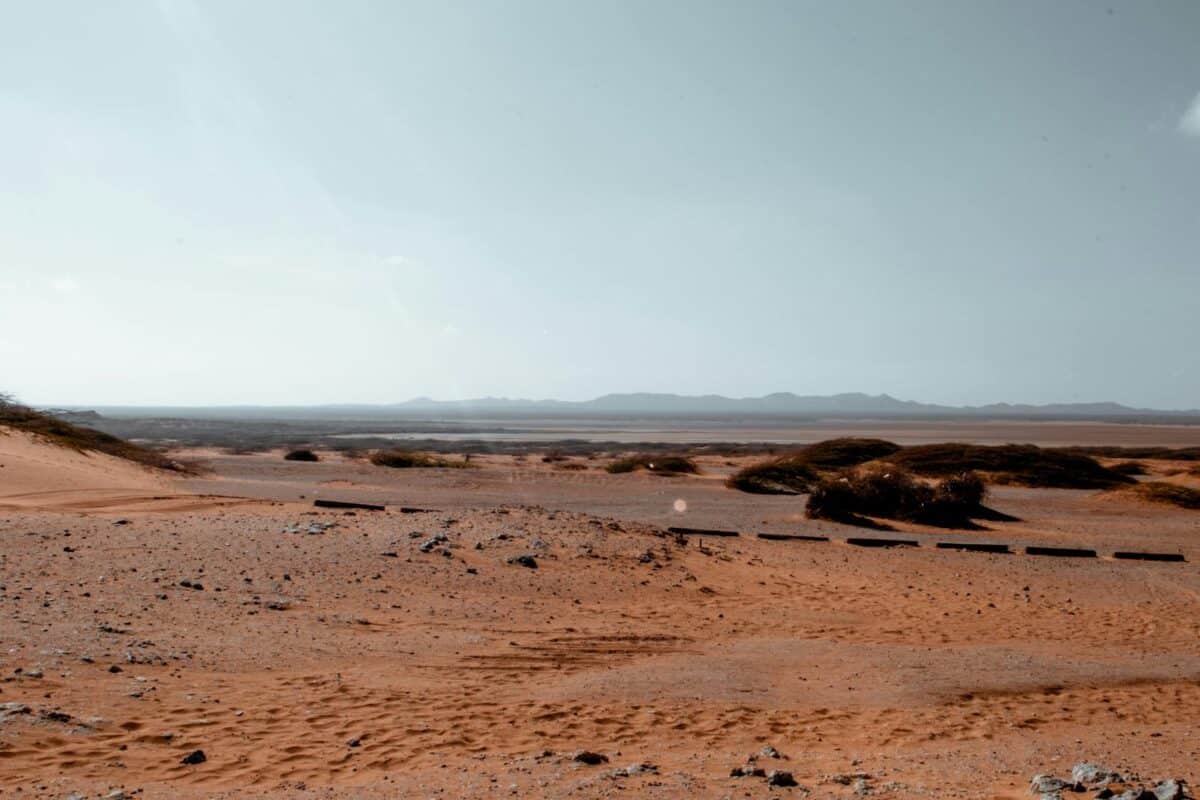
The Great Plains is home to numerous Indigenous nations with deep historical and cultural connections to the land. These communities often possess multi-generational knowledge about adapting to environmental variability, including drought. Some tribal nations are drawing on traditional ecological knowledge to inform contemporary climate adaptation strategies. For example, the Blackfeet Nation in Montana has implemented watershed restoration projects that combine modern science with traditional understanding of water systems.
The Oglala Sioux Tribe has developed drought mitigation plans that incorporate both technical approaches and cultural values regarding water. Many Indigenous communities face disproportionate impacts from drought due to historical inequities in water rights and infrastructure investment. At the same time, tribal water rights settlements are creating new opportunities for water management innovation. The integration of Indigenous and Western scientific perspectives represents a promising pathway for developing more holistic and effective drought resilience strategies across the region.
Technological Innovations for a Drier Future

Technology is playing an increasingly important role in drought adaptation across the Great Plains. Advanced weather modeling and drought prediction tools are giving communities more lead time to prepare for dry conditions. Remote sensing technologies using satellites and drones allow for precise monitoring of soil moisture, crop stress, and vegetation health across vast landscapes. Water recycling and reuse systems are becoming more sophisticated and cost-effective, with some municipalities implementing potable reuse of treated wastewater.
Artificial intelligence applications are being developed to optimize irrigation scheduling and water allocation decisions. Genetic research is advancing the development of crops with enhanced drought tolerance and water use efficiency. Water harvesting and storage innovations, from improved rainwater capture systems to aquifer storage and recovery projects, are helping communities maximize the value of precipitation when it does occur. While technology alone cannot solve the region’s water challenges, these innovations are creating new possibilities for sustainability in a changing climate.
Policy Responses and Governance Challenges

Effectively addressing drought in the Great Plains requires policy innovation across multiple levels of government. State water laws based on historical conditions are being tested by new climate realities, with some states undertaking comprehensive water planning efforts. Kansas has implemented Local Enhanced Management Areas (LEMAs) that allow communities to develop localized approaches to aquifer conservation. Nebraska’s Natural Resources Districts provide a model for watershed-based governance.
At the federal level, programs like the USDA’s Conservation Reserve Program incentivize the protection of sensitive lands, while disaster assistance programs provide critical support during severe drought. However, policy fragmentation remains a significant challenge, with water management divided across numerous agencies and jurisdictions. Water rights systems designed for different hydrological conditions must evolve to address new realities. Interstate water compacts governing shared rivers face increasing stress under drought conditions. These governance challenges require collaborative approaches that transcend political boundaries and balance diverse stakeholder interests.
Economic Adaptation and Diversification

The economic landscape of the Great Plains is evolving in response to water constraints. Some regions are seeing shifts away from irrigation-dependent agriculture toward dryland farming or livestock production systems better suited to arid conditions. Value-added agricultural processing that maximizes economic returns from limited water supplies is gaining importance. Beyond agriculture, communities are pursuing economic diversification strategies that build on regional strengths while reducing water dependency.
The rapid growth of renewable energy represents one path to economic resilience, with wind and solar developments bringing new revenue streams to rural areas. Tourism focused on natural landscapes, wildlife, and cultural heritage offers potential for sustainable economic development. Some communities are leveraging quality-of-life advantages to attract remote workers and entrepreneurs seeking alternatives to urban living. These economic transitions are not without pain, often requiring new skills, investments, and identities, but they demonstrate the adaptability that has long characterized plains communities.
Looking to the Future: Scenarios for the Great Plains
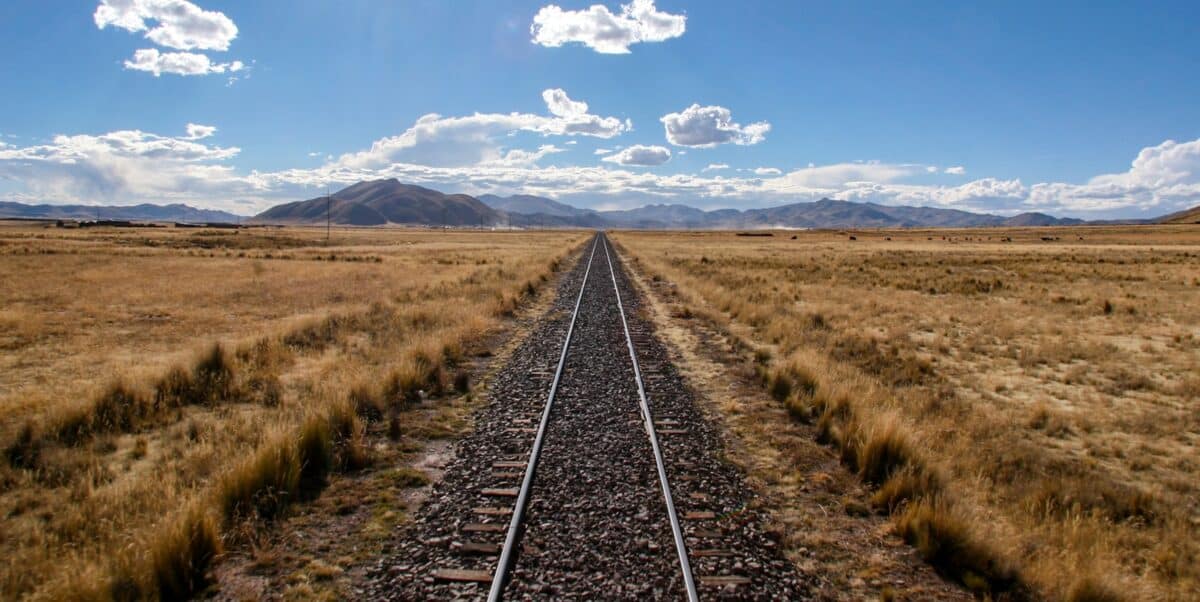
The future of the Great Plains will be shaped by the interplay of climate trends, adaptation choices, and broader socioeconomic forces. Multiple plausible futures exist, depending on both global climate trajectories and regional responses. In more optimistic scenarios, the region could emerge as a laboratory for climate resilience, with innovative water management, diversified rural economies, and restored grassland ecosystems providing new models of sustainability. More pessimistic projections envision accelerated rural decline, agricultural contraction, and ecological degradation if adaptation efforts fail to match the pace of climatic change.
The reality will likely include elements of both visions, with significant regional variation. Some areas may return to less water-intensive land uses reminiscent of the pre-irrigation era, while others maintain irrigated agriculture through dramatically improved efficiency. Urban centers like Denver, Omaha, and Oklahoma City will face their own water challenges as they continue to grow. Indigenous communities may play increasingly important roles in regional water governance. What seems certain is that the Great Plains of the future will be shaped by drought in ways that transform landscapes, livelihoods, and identities across this vital American region.
Conclusion: Embracing Resilience in an Uncertain Climate

The Great Plains stands at a pivotal moment in its environmental and cultural history, with drought serving as both challenge and catalyst for transformation. The choices made in the coming decades—about water use, land management, economic development, and community investment—will determine whether the region emerges more resilient or faces decline. Historical experience demonstrates the remarkable adaptability of plains ecosystems and communities when faced with environmental change.
Today’s challenges, however, are unprecedented in their combination of pace, scale, and complexity, requiring equally unprecedented innovation and collaboration. The future of the Great Plains will be defined not by whether drought occurs—it certainly will—but by how effectively communities anticipate, prepare for, and respond to changing water realities. In this context, drought is not merely a crisis to be endured but a transformative force reshaping the ecological, economic, and cultural landscape of America’s heartland for generations to come.
- Why You Should Never Approach a Bear - August 24, 2025
- New Record: The Longest Eagle Flight Ever Tracked - August 24, 2025
- The Most Dangerous US States for Animal Attacks - August 24, 2025

